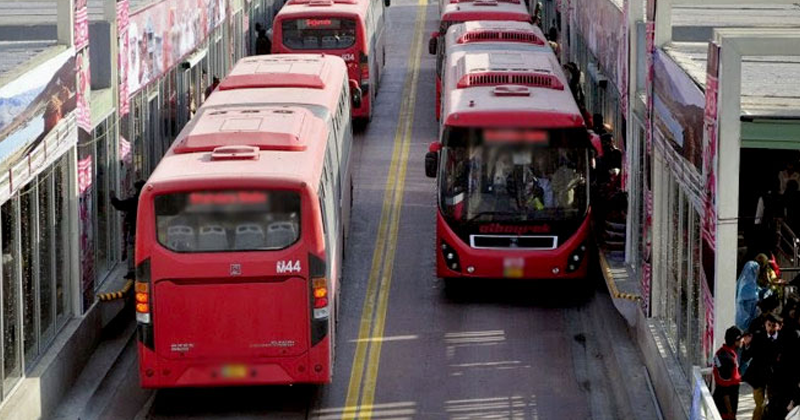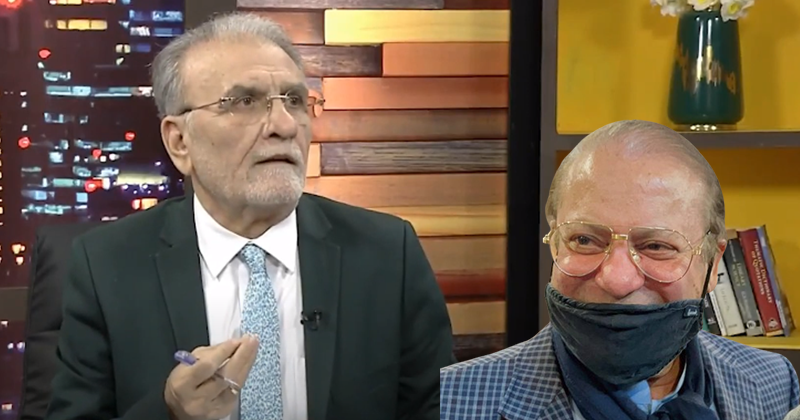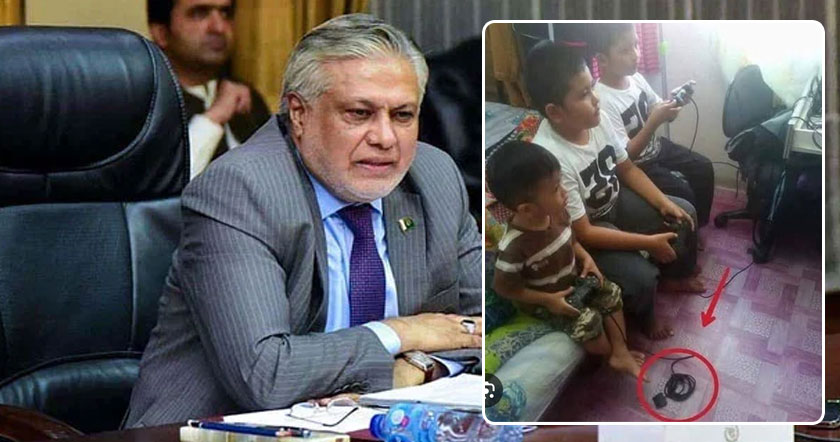The Citroen C1 springs to life and leaps forward with the enthusiasm only a French city runaround can muster.
This one is a little smoother and quieter than most. It's electric, and like all battery-operated automobiles needs regular charging.
But the top-up process is different from the usual hassle of plugging a bulky cable into a specially designed socket.
Here, the driver doesn't even need to get out.
"The charging is done wirelessly, you park up, turn off the key and voila... charging starts automatically," says Anthony Thomson, CEO of HaloIPT, a UK company that has installed the technology.
The process uses electromagnetic induction to transfer power from a pad built into the ground to another installed in the bottom of the car.
The system could be installed in a supermarket parking place, garage floor or the ground at a special charging station.
When a driver parks the vehicle, the two pads line up and with a flick of a switch, the charging starts.
Induction
The phenomenon of electromagnetic induction was discovered by British physicist Michael Faraday in 1831.
He found that when two coils were placed close to each other and power applied to one of them, it produced a magnetic field, which then induced a voltage across the second coil.
In the case of charging a car, the coils are embedded inside the two pads.
The system was originally developed at the University of Auckland in New Zealand, and commercialised by HaloIPT.
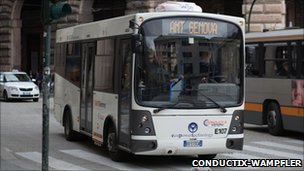
And although some of the electricity inevitably gets wasted during the charging process, people who have tried it have praised its simplicity.
Two of the induction-equipped C1s have been taking part in the Coventry and Birmingham Low Emission Demonstrators (CABLED) consortium - the world's biggest trial of electric vehicles.
"City planners don't like the prospect of a line of charge posts down streets, adding to the existing street clutter," said Neil Butcher, the CABLED project leader, who has been driving one of the two cars since May 2011.
"The lack of any visible connection minimises any risk of vandalism - unplugging or theft of cables.
"There are also obvious health and safety issues associated with many live electric cables hanging between the post and the car, especially in bad weather, including electric shock and trip hazards," added Mr Butcher.
But with wireless power transfer, bad weather is not a problem, claims HaloIPT.
Pads remain perfectly operational and safe in any conditions, "sending" the energy up, even through a layer of snow.
As simple as the process might sound, there is a catch - there are currently no charging stations in the UK.
So Mr Butcher can only feed his hungry Citroen at his garage where the system has been installed as part of a pilot project. As a back-up he can switch to a conventional plug-in cable charging point.
But HaloIPT is certain that things will improve in the future, and induction stations will become commonplace.
One of their first visitors may be a Rolls Royce.
The luxury carmaker has equipped its latest electric model, the 102EX Phantom Experimental Electric with a magnetic induction plate.
And the technology is being deployed in more down-to-earth modes of transport.
Italian buses
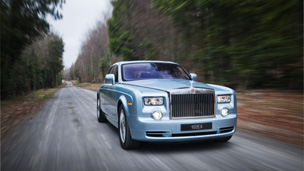
A fleet of city buses equipped with special pads has been navigating the streets of two Italian cities, Genoa and Turin, since 2002.
Corresponding pads have been embedded into the pavement at certain bus stops - to charge the vehicles on the go.
"The buses have signs that they are electric, and people say that they like the experience - the buses are a lot smoother than diesel ones," said Mathias Wechlin from Conductix-Wampfler, a German company that, just like HaloIPT, originally sprung from the University of Auckland and now licenses the technology.
Mr Wechlin adds that, during charging time, people stay inside the buses - something he says is absolutely safe, as the strength of the magnetic field produced is within the limits recommended by the International Commission on non-ionizing radiation protection (ICNIRP).
Although the safety issue may indeed seem worrisome, Professor Paul Mitcheson from Imperial College London, who has studied the effects of electromagnetism on people, says there should not be a problem.
"The whole concept of efficient wireless charging of vehicles relies on near-field, non-radiative coupling between the charging point and the receiver on the vehicle.
"It is not possible to design a system with no radiation, but a well-designed system can have negligible levels of radiation well below safety limits provided by the IEEE (Institute of Electrical and Electronics Engineers) standard."
Despite the electric buses project in Italy being a success on a small scale, the company has found it tricky to expand the operation.
The main reason has been the difficulty in convincing municipalities to get on board, said Mr Wechlin, as electric buses are usually a lot more expensive than petrol or diesel powered ones.
In Turin and Genoa, the situation was different.
Officials decided to invest some money in trialling alternative transport systems, and electric buses seemed a perfect option.
But when they raised the idea of plug-in technology, the union of bus drivers voted against their members plugging in cables on health and safety grounds.
That was when Conductix-Wampfler offered to go wireless.
The initiative resulted in eight buses in Genoa and another 23 in Turin.
Mr Wechlin said that besides pure convenience, the system also significantly increases the time the bus can remain in operation as it does not need to go to the depot every few hours for recharging and there is a need to swap batteries.
"With wireless charging, the buses are charged at the end of the route, where they change direction and stand for about five to ten minutes - and those little rechargings allow you to keep the bus in operation from 7am till 8pm," he told the BBC.
WiTricity
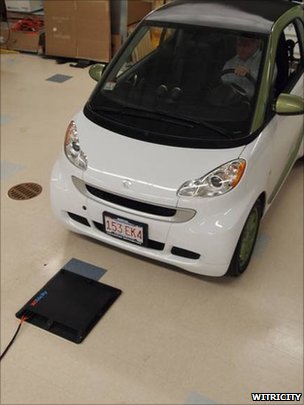
But electromagnetic induction is not the only method used for wireless charging.
A US start-up business WiTricity, founded by Massachusetts Institute of Technology (MIT) Professor Marin Solja?i?, has patented a new way to wirelessly transfer energy in much larger amounts and over greater distances than induction.
The technique, called highly coupled magnetic resonance, involves pairing the magnetic fields of two pads with closely matching resonant frequencies.
"When you plug one pad into the wall, that electricity is converted into a magnetic field, which oscillates at a frequency," explained WiTricity CEO Eric Giler.
"It creates a second magnetic field that oscillates around the second coil that sits underneath the car, and it is then converted into electricity that goes to a charger inside the car and charges the battery."
The company has received a lot of attention since WiTricity demonstrated the technology at the 2009 TED conference.
Electronics giant Intel started experimenting with it in their labs, and some recent reports suggest that Apple is investigating wireless charging for the iPhone 6.
In March 2011, carmaker Toyota invested in the start-up and signed a deal to develop wireless charging for its future electric cars.
Mr Giler said that besides Toyota, WiTricity has been in contact with virtually all the biggest car companies around the world.
And just like Mr Thomson of HaloIPT and Mr Wechlin of Conductix-Wampfler, he believes that sooner or later, automakers will have to go wireless.
"Car manufacturers have already realised that if you don't have to plug a car in to charge it, it will significantly increase the adoption of the electric vehicles," he said.
With global oils supplies depleting, the hope is that wireless charging might be the killer feature that attracts drivers to electric vehicles.
And maybe one day, if the technology gets embedded into streets and motorways, drivers won't even have to worry about charging at all.

















